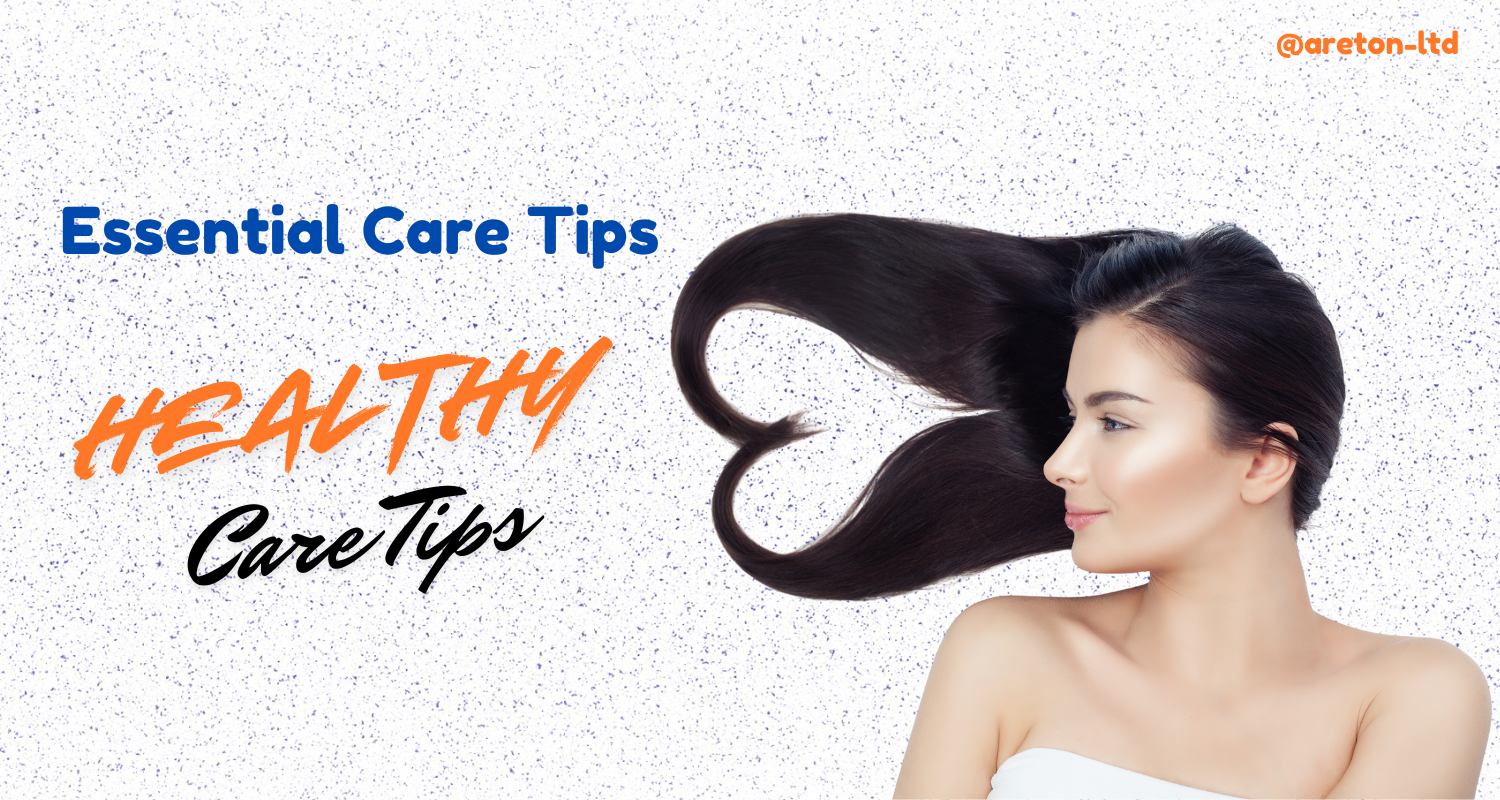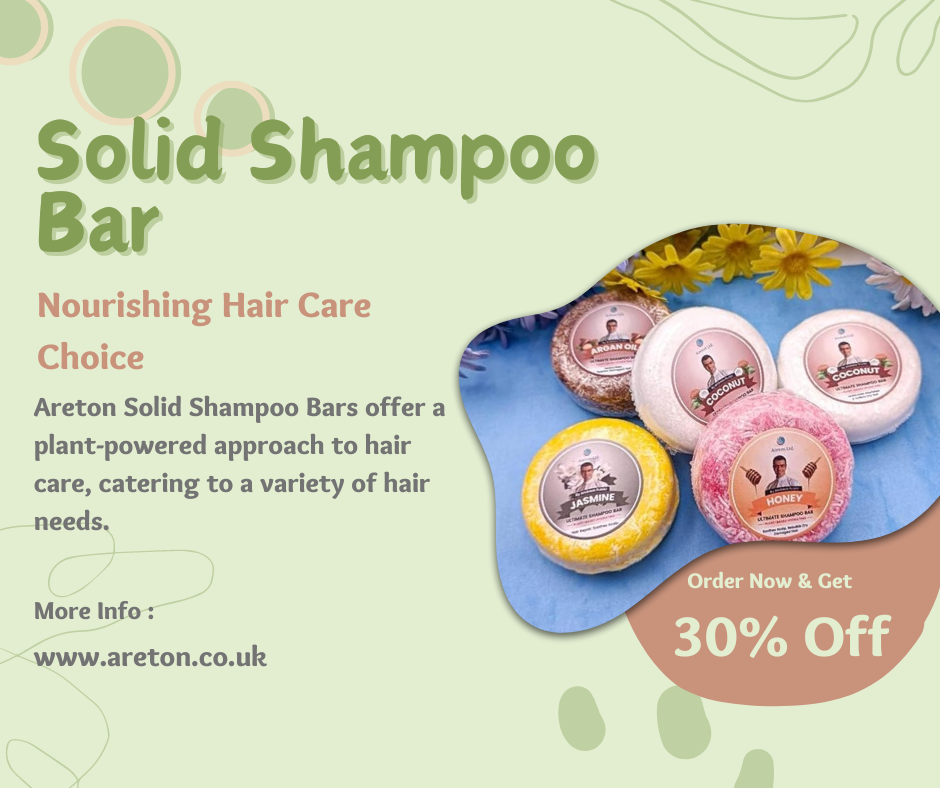Healthy hair is important for a number of reasons. Your hair is one of the first things people notice about you and it plays a big role in your overall image and self-confidence. Healthy, well-maintained hair conveys that you care about your appearance and have good hygiene. Beyond looks, the health of your hair is an indicator of your overall health and wellbeing. Just like your skin or nails, the condition of your hair reflects what’s going on inside your body. Making hair health a priority can benefit you both inside and out.
Caring for your hair properly helps it look its best. With good hair care practices, you’ll have hair that is shiny, strong, and smooth with minimal frizz, split ends, or breakage. This gives you more styling options since healthy hair is more manageable and holds styles better. Your hair will have more body, movement, and bounce when the strands are strong. Proper hair care also prevents many common hair problems like dandruff, thinning, and hair loss. Making smart hair care choices allows you to have the beautiful, healthy hair you desire.
Know Your Hair Type
Knowing your hair type is key to understanding how to properly care for your hair. There are 4 main hair types:
Straight – Straight hair tends to be smooth, shiny, and flat with no real curl or wave pattern. The strands are circular in shape.
Wavy – Wavy hair has a loose “S” shaped pattern and tends to be frizzy. The strands are oval shaped.
Curly – Curly hair forms tight corkscrews and ringlets. The strands are flat and ribbon-like.
Coily – Coily or kinky hair has tight coils that spring up when dry. The strands are very flat and ribbon-like.
It’s important to identify your hair type so you can use the right hair products and techniques. For example, straight hair can typically handle more frequent washing and heat styling without damage. Tighter curl patterns like curly and coily hair need more moisture and are more prone to breakage from friction. Knowing your hair type guides what routine and products will work best.
Use the Right Hair Products
Using the proper hair products for your unique hair type is crucial for maintaining healthy hair. The wrong products can lead to dryness, breakage, and damage over time. When shopping for hair products, read the labels to ensure they are formulated for your hair type.
Shampoos should be gentle and sulfate-free. Sulfates can strip the hair and irritate the scalp. Look for moisturizing shampoos containing natural oils if you have dry or damaged hair. For oily hair, choose a clarifying shampoo to remove excess oils without over-drying.
Conditioners smooth and soften hair. Thick or curly hair benefits from rich, hydrating conditioners. Fine, limp hair does better with lightweight conditioners to avoid weighing hair down. Deep conditioning treatments can restore very dry or damaged hair.
Oils and serums, like argan, coconut, or moringa oil, nourish hair and provide frizz control. A few drops of oil applied to damp hair helps seal in moisture. Serum with Vitamin E smoothes flyaways and protects hair from heat styling.
Always choose products formulated for your specific hair type and concerns. Consulting with a stylist can help determine the best products for you. With the proper shampoos, conditioners, oils and serums, you’ll be on your way to healthy, happy hair.
Wash and Condition Properly
Washing your hair too often can strip it of its natural oils and lead to dryness. For most hair types, washing 1-2 times per week is sufficient. If you have an oily scalp or do high-intensity workouts, you may need to wash more frequently.
When washing, use lukewarm water and a gentle, sulfate-free shampoo. Massage the shampoo into your scalp, not just the hair strands. Let it sit for 1-2 minutes before rinsing thoroughly.
Conditioner helps restore moisture and smoothness to hair. After shampooing, apply conditioner from mid-length to ends, avoiding the roots. Let it sit for 2-5 minutes before rinsing. For extra hydration, use a deep conditioning hair mask 1-2 times per week.
Rinse with cool water at the end of your shower to seal the cuticle and add shine. Be gentle when towel drying – don’t rub vigorously. Air dry or use a soft microfiber towel to reduce frizz. Proper conditioning is key for maintaining the health of your hair.
Avoid Heat Styling
Heat styling tools like blow dryers, flat irons, and curling irons can cause significant damage to hair. The high heat breaks down the hydrogen bonds in hair keratin, leading to dry, brittle, frizzy hair that is prone to breakage. This damage is often irreversible.
Air drying your hair whenever possible is the best way to avoid heat damage. Let your hair air dry at least 80% of the way before using any heat tools if needed. If you do use heat tools, always use a heat protectant spray first to help minimize damage. Lower heat settings are better, and don’t keep heat on any section of hair for too long.
Limit blow drying to the roots only if needed for volume. Allow the rest of your hair to air dry. When straightening or curling, use the lowest temperature that will still achieve the style you want. Give your hair a break from heat styling periodically to help restore its health.
Use Protective Styles
Protective styles like braids, buns, and twists are a great way to prevent hair breakage and damage. When hair is tightly braided or twisted, the strands are kept close together and are not as prone to snapping. Braids and twists also help keep the hair neatly tucked away so there is less opportunity for rubbing, friction, and tangling that can lead to breakage.
Some popular protective styles include:
Box braids – These are braids that hang straight down and have a square or box-like shape at the ends. They can be done with synthetic or human hair extensions. Box braids help protect your natural hair for weeks at a time.
Buns – Pulling hair up into a bun, especially high on top of the head, keeps hair securely in place and prevents ends from exposure. Use soft scrunchies instead of tight elastics when creating buns.
Twists or twist-outs – Twisting hair while damp and then untwisting once dry creates beautiful waves and curls with definition. The twisting process keeps hair from tangling.
Cornrows – Braiding hair closely to the scalp in cornrow styles is an iconic protective look. It keeps hair neat and minimizes manipulation.
Sew-ins – Having hair sewn into a weave cap or braided base helps protect natural hair for long periods by keeping it tucked away.
Wigs – Similarly, wigs keep natural hair covered underneath, reducing styling and environmental damage. Ensure wigs fit properly and edges are cared for.
Protective styling is one of the most effective ways to retain length and allow hair to grow undisturbed. Be sure to still moisturize and gently care for hair in protective styles to keep strands healthy and strong.
Eat a Healthy Diet
What we eat can have a big impact on the health and appearance of our hair. Make sure your diet includes plenty of nutrients that support hair growth and strength.
Protein is essential for hair health, as hair itself is made mostly of protein. Foods like eggs, fish, poultry, beans, nuts and seeds are great sources.
Iron carries oxygen to follicles and hair growth cells. Spinach, lentils, red meat and fortified cereals can help you meet your daily iron needs.
Zinc is involved in cell division and protein synthesis for hair growth. Oysters, nuts, seeds and legumes are rich in zinc.
Vitamin C aids iron absorption and collagen production. Citrus fruits, peppers, broccoli and strawberries are excellent vitamin C sources.
Biotin helps build keratin, the protein that makes up hair. Egg yolks, salmon, avocados and nuts contain biotin.
Vitamin A is important for scalp health and normal oil production. Sweet potatoes, carrots, spinach and beef liver provide vitamin A.
Vitamin D may stimulate hair follicles. Get your vitamin D from fatty fish, fortified milk and time in sunlight.
Omega-3 fatty acids moisturize hair and reduce inflammation. Walnuts, flax seeds and fatty fish like salmon have high omega-3 levels.
Eating a balanced diet with these hair-healthy nutrients can help your locks look their best from the inside out.
Manage Stress
Stress can have a major impact on hair health and can lead to issues like hair loss and thinning. When we are stressed, our bodies produce more cortisol and other hormones that can interrupt the normal hair growth cycle. This leads hair follicles to go into a shedding or telogen phase prematurely.
There are a few ways to manage stress that can help minimize hair loss:
Exercise regularly – Physical activity helps lower cortisol and relieves stress. Aim for 30 minutes per day.
Practice relaxation techniques – Deep breathing, meditation, yoga, and massage therapy can activate the body’s relaxation response.
Get enough sleep – Aim for 7-9 hours per night. Lack of sleep elevates cortisol.
Take breaks – Schedule time for hobbies and activities you enjoy. Don’t let stress take over.
Talk to someone – Share your feelings with a friend, family member, or mental health professional.
Evaluate priorities – Consider if you are taking on too much. Eliminate unnecessary obligations.
Make time for fun – Laughter and joy are natural stress relievers.
Learning to manage stress effectively can go a long way in maintaining healthy hair and preventing excessive shedding. Be proactive about self-care during stressful times. Your hair will thank you!
Get Regular Trims
Getting your hair trimmed regularly is one of the best ways to maintain healthy hair and prevent split ends. But how often should you actually get a trim? Here’s what the experts recommend:
For straight hair, aim for a trim every 6-8 weeks. Straight hair tends to grow faster and develop split ends more quickly than curly or coily hair types. Trimming every 1-2 months will remove any split or damaged ends before they travel up the hair shaft.
For wavy hair, trim every 8-12 weeks. Wavy hair is less prone to splitting than straight hair but still benefits from regular trims to look its best. Go a bit longer between trims if your waves seem happy.
For curly hair, trim every 12-16 weeks. Thanks to the curl pattern, curly hair is naturally less prone to splitting. As long as your curls are properly moisturized, you can likely go 3-4 months between trims.
For coily hair, trim every 16-20 weeks. Coily hair grows the slowest and is least susceptible to split ends. Healthy coily hair may only need 1-2 trims per year.
The timeframes above are general guidelines. You know your hair best. If you don’t see or feel many split ends, you may be able to stretch trims further. But regular trims are like hair insurance – they keep damage at bay and prevent the need for big chops down the road. Aim to trim your hair often enough to keep the ends looking and feeling healthy. Your hair will thank you!
Conclusion
Healthy hair is not just about vanity – it’s an important part of overall wellbeing. By following the tips outlined in this article, you can have the beautiful, healthy hair you desire.
To recap, knowing your hair type and using the right products formulated for it is key. Be gentle when washing and conditioning to avoid damage. Limit heat styling when possible and protect hair when using hot tools. Choose low-manipulation protective styles. Eat a nutritious diet and manage stress levels, as these impact hair from the inside out. Get regular trims to remove split ends before they travel up the hair shaft.
Making hair health a priority provides benefits beyond simply looking good. Shiny, vibrant hair boosts confidence and self-esteem. Following a proper hair care routine reduces frustration from dealing with unruly, damaged hair on a daily basis. When hair is properly nourished, you feel happier and more energized to take on your day.
So take the time to show your hair some TLC. Your hair will thank you, and you’ll put your best self forward!






